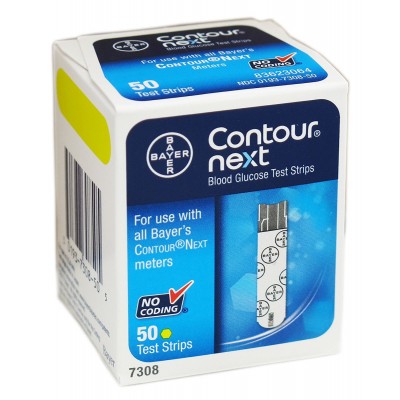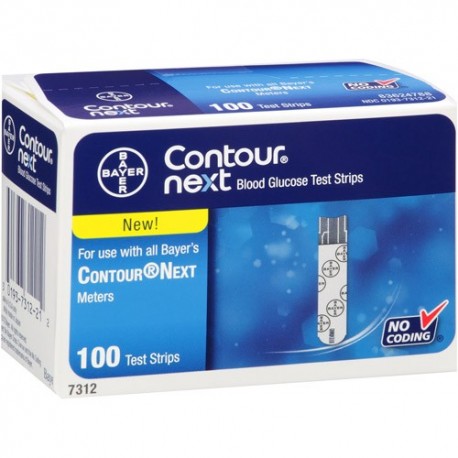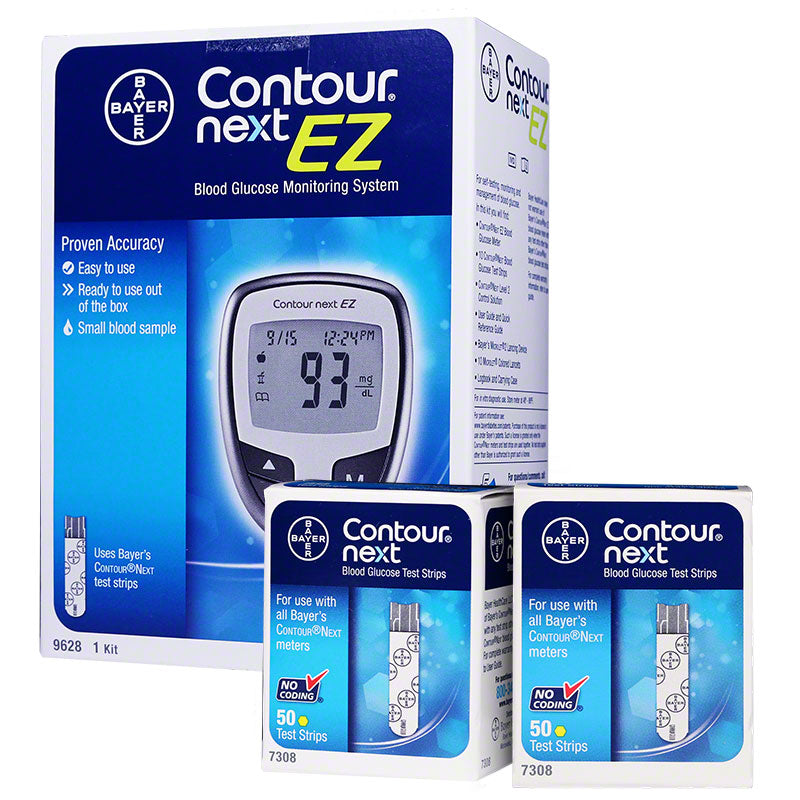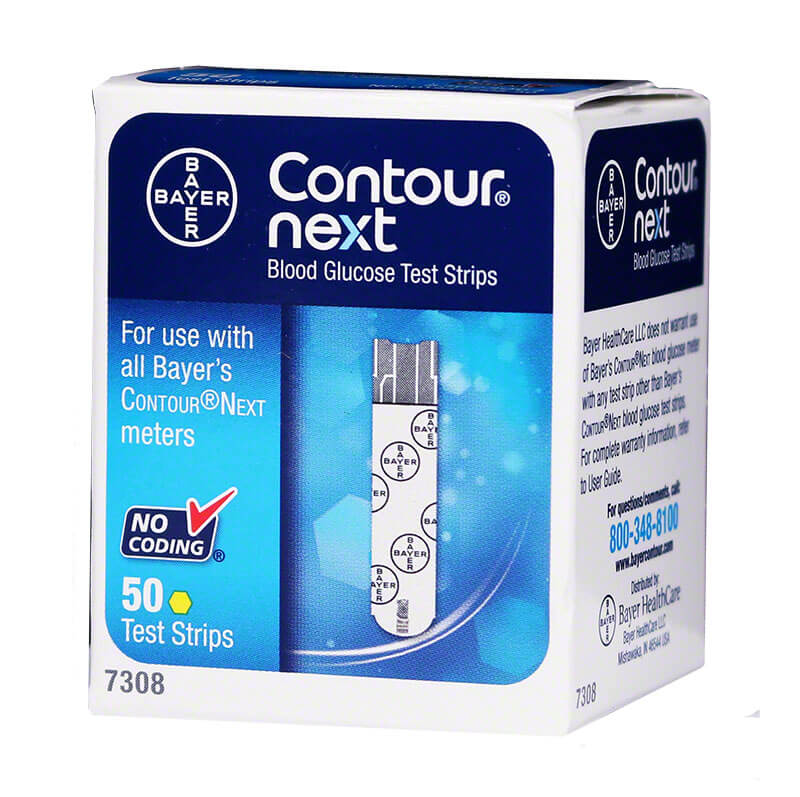


The testing order of the various BGMSs was randomized. For glycolysis, capped tubes were placed in a water bath (32 ☌) to lower the blood glucose level for a maximum of 10 h to achieve a glucose concentration <70 mg/dl.

Up to two additional capillary blood samples were then collected from each subject, and each blood sample was glycolyzed to lower the glucose concentration. Samples were tested immediately with all five BGMSs using blood from the Microtainer tube. A trained operator performed an initial finger stick using the Tenderlett™ (International Technidyne Corp., Edison, NJ) single-use lancing device blood was collected in a Microtainer ® tube containing lithium heparin.

Subjects washed and dried their hands thoroughly. Subjects participated in testing when they had been fasting for at least 2 h, had not taken bolus insulin or oral agents, and had not exercised vigorously for ≥1 h prior to glucose testing. All study subjects completed the informed consent process. An institutional review board approved the study protocol, informed consent form, and all study documents that required approval prior to study initiation.
Contour next gen test strips manual#
Study staff followed the user manual instructions for each BGMS, and all systems were tested with their respective control solutions provided with each system to ensure proper functioning ( Table 1). Mean absolute relative difference was the primary end point in another comparative study of five BGMSs 13 and has been utilized in accuracy studies of continuous glucose monitoring systems as well.
Contour next gen test strips iso#
Mean absolute relative difference is a continuous measure that accounts for percentage bias of each observation and thus, correlates with ISO accuracy measurements. Discrete (i.e., binary) measures such as described by ISO15197 provide less information per observation than continuous measures and require much larger sample sizes to detect differences between systems. While currently available BGMSs have met guidelines (e.g., ISO15197 criteria) for sufficient accuracy and precision to be used by people with diabetes, MARD analysis is better suited to evaluate the differences in accuracy of multiple BGMSs in a single study. Differences in accuracy between systems were assessed by comparing MARD values of the five BGMSs included in the trial. The mean of the ARD values was calculated to obtain the mean absolute relative difference (MARD) for each BGMS (lower MARD values indicate greater accuracy). Accuracy was assessed by calculating the deviation of meter readings from laboratory reference values, or the absolute relative difference (ARD). The secondary objective was to examine differences in accuracy between the EZ and the other BGMSs in the low glucose range (<70 mg/dl). 8– 13 The primary objective of this study was to evaluate differences in accuracy between the EZ and four other BGMSs across a wide glucose range. Several studies have evaluated the comparative accuracy and precision of many different BGMSs currently used for self-monitoring of blood glucose, but none have included the EZ BGMS. 3, 4 The accuracy and ease of use of the EZ in the hands of people with diabetes has also been demonstrated in other studies. 5 Moreover, >99% of results were within ☑0 mg/dl or ☑0% of the reference result. Previous studies 3, 4 examined the analytical accuracy of the EZ and revealed that the system achieved 100% of results within the new International Organization for Standardization (ISO) ISO15197:2013 accuracy criteria. The system utilizes CONTOUR NEXT reagent test strips containing flavin adenine dinucleotide-glucose dehydrogenase enzyme in combination with a proprietary electron mediator. The CONTOUR ® NEXT EZ (EZ CONTOUR XT outside the United States) BGMS was developed for use with fresh capillary whole blood samples. 1, 2 Therefore, performance and accuracy of blood glucose monitoring systems (BGMSs) require careful consideration and optimization. Obtaining accurate results is critical, as people with diabetes may rely on glucose meter readings to detect and properly manage hypoglycemia and hyperglycemia, titrate insulin doses and calibrate continuous glucose monitoring devices, adjust their diet and exercise, and improve their overall decision making in the management of their disease. Self-monitoring of blood glucose plays a significant role in diabetes management.


 0 kommentar(er)
0 kommentar(er)
